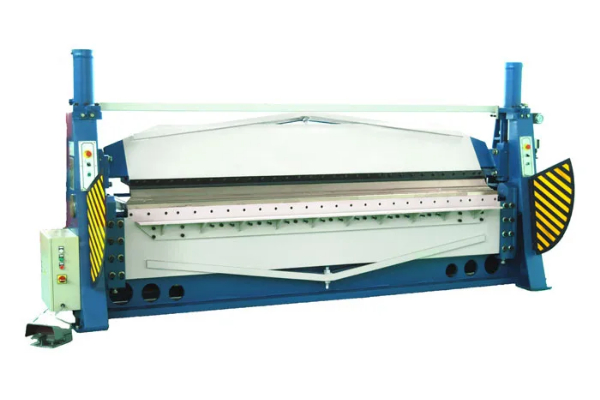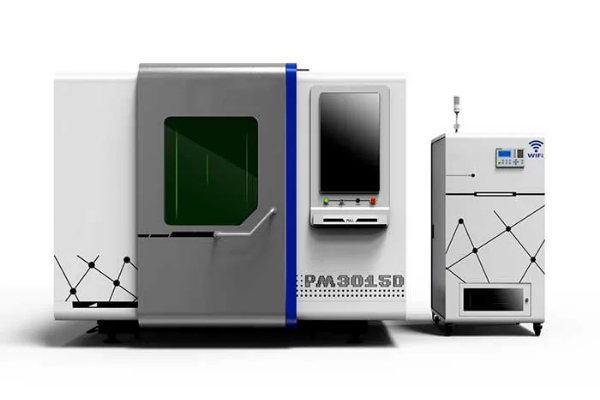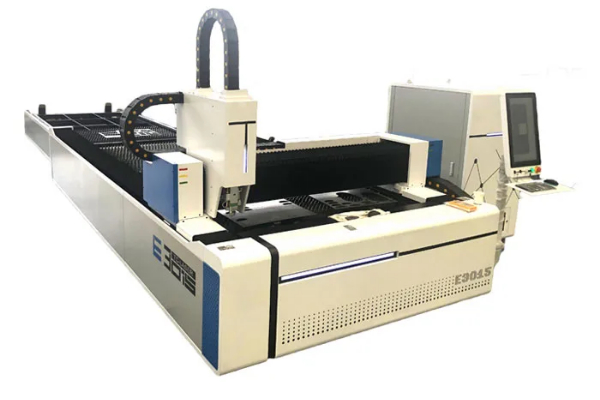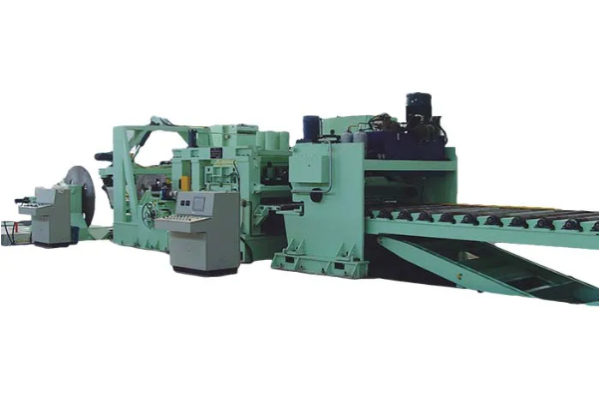
Step-by-Step Guide to Operating a Sheet Metal Press Brake Safely
- By:Metmac
- 2024-08-14
- 123
In metalworking, a press brake is an essential tool for shaping and bending sheet metal. However, operating a press brake involves potential hazards and safety is paramount. This comprehensive guide provides a step-by-step approach to ensuring operator safety and maximizing productivity while using a sheet metal press brake.
Pre-Operation Preparation
1. Inspect the Press Brake: Before operating the equipment, thoroughly inspect the press brake for any visible damage or irregularities. Examine the wiring, hydraulic lines, and other components for any signs of wear or malfunction.
2. Wear Appropriate PPE: Operators must wear appropriate personal protective equipment (PPE) at all times. This includes safety glasses, gloves, and earplugs to protect against noise and flying debris.
3. Clear the Work Area: Remove any loose objects or materials from the work area to prevent them from becoming hazards during operation. Ensure sufficient space around the machine for safe movement.
4. Securely Position the Material: Place the sheet metal on the lower die of the press brake and align it properly. Use clamps or other fixtures to secure the material firmly in place before attempting to bend it.
Bending Operation
1. Set the Dies: Choose the appropriate dies for the desired bend and adjust them to the required position on the press brake. Ensure that the dies are properly aligned and secured to avoid material deformation or accidents.
2. Check the Bending Angle: Before applying pressure, check the angle of the bend using a protractor or other measuring device. This step ensures accurate results and minimizes the risk of material damage.
3. Apply Pressure Gradually: Gradually increase the pressure on the material by depressing the foot pedal. Monitor the bending process closely to avoid overbending or cracking the sheet metal.
4. Release Pressure Slowly: Once the desired bend is achieved, slowly release the pressure to prevent the material from springing back or becoming distorted.
Post-Operation Shutdown
1. Bring the Press Brake to a Complete Stop: After the bending process is complete, bring the press brake to a complete stop by fully releasing the foot pedal. Remove the bent material and any residual scrap from the work area.
2. Lock Out and Tag the Machine: Before leaving the machine, lock out and tag it to prevent unauthorized use or accidental operation. This step ensures that the machine is not tampered with during maintenance or downtime.
3. Clean the Work Area: Clear any scrap, chips, or debris from the work area to maintain a clean and safe environment.
-
Reliable Sheet Metal Equipment for Sale to Support Precision Fabrication
2025/07/17 -
Advanced Duct Machine AC and Fabrication Solutions from Metmac
2025/07/12 -
The Advantages of Using a Sheet Roll Forming Machine in Manufacturing
2024/09/14 -
How to Optimize Your Laser Sheet Cutting Machine for Maximum Performance
2024/09/12
-
Precision Steel Sheet Cutting and Bending Machines for Modern Metalworking
2025/08/14 -
Advanced Sheet Metal Roll Forming and Laser Cutting Machines for Efficient Production
2025/08/14 -
Efficient Sheet Forming Machines for Modern Metalworking
2025/08/14 -
Choosing the Right Sheet Metal Laser Cutting Machine: Price, Manufacturers, and Options for Sale
2025/08/04
-
A Guide to the Latest Innovations in Sheet Metal Folding Machines
2024/11/29 -
Key Features to Consider When Investing in a Sheet Metal Folding Machine
2024/11/28 -
Enhancing Precision with Advanced Sheet Metal Folding Machines
2024/11/27 -
How to Choose the Right Sheet Metal Folding Machine for Your Workshop
2024/11/26





